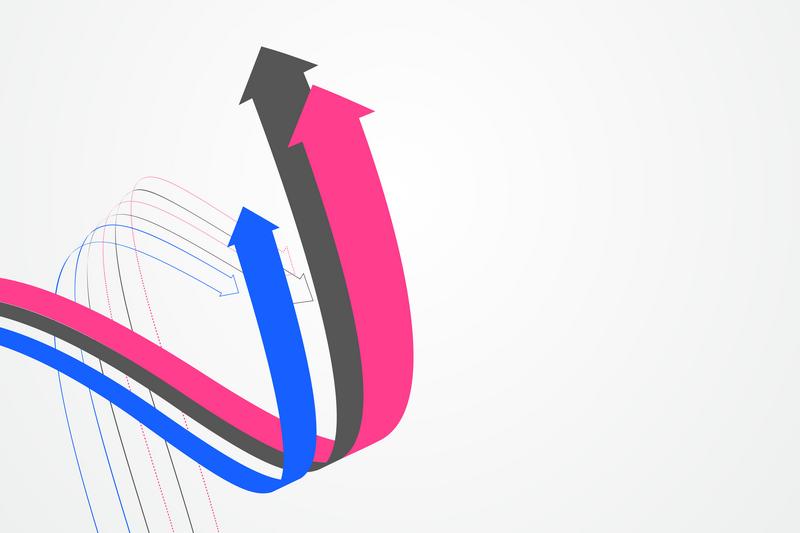Student Loan Default and Financial Aid Eligibility
Your future financial aid eligibility can be impacted by defaulted student loans. Find out how to get back in good standing.

Defaulted student loans mean no future financial aid eligibility.
April 23, 2022

Kathryn Knight Randolph covers trends in higher education, changes to admissions and financial aid practices, and the student experience. She is passionate about simplifying the college search and financia...
Set a scholarship application goal, establish a habit of applying for scholarships, and enter to win a scholarship. Discover how to increase your chances of winning and learn how this scholarship helps you prepare for your future!
Become a member and gain exclusive access to our database of over 1.5 million scholarships.
Copyright © 2025